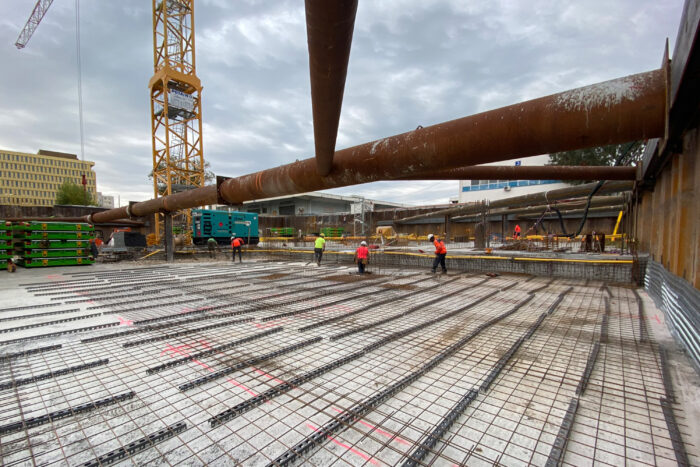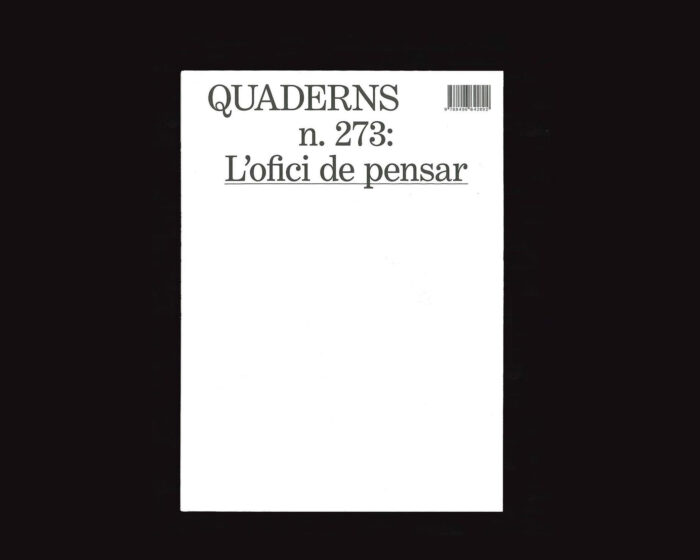This website uses cookies so that we can provide you with the best user experience possible. Cookie information is stored in your browser and performs functions such as recognising you when you return to our website and helping our team to understand which sections of the website you find most interesting and useful.
On the occasion of the participation in the prologue of the book, Josep Lluis Mateo takes part in the presentation of the book at the COAC.This is a brief excerpt of his speech:
“In my memory the image of John Hejduk is associated with important themes and figures in the 80’s and 90’s as a poetic and radical alternative to the postmodernism in development at that time.
His work, basically drawings… from which in several places sculptures were generated was also based on words, with a sado-masochistic point: victims, labyrinth, suicide house, angel and demon…. It was a cursed vision of the architecture of the time.
This voice seems to me to resonate in other voices of the time, as for example in the meta-architectural vision of Manfredo Tafuri (“the sphere and the labyrinth”) or in young voices as in the final project in AA, by Rem Koolhaas, clear expression in its title and content linked to this world. Remember his title “Exodus” or the voluntary prisoners of architecture. That is, architecture as a prison of life.
The book that concerns us obviously expands this vision of the work by carefully analyzing and revising it. This book also makes the argument more complex.
I would like to point out a point, in my opinion of great interest, which was when at one point, this work, located beyond architecture, in the 80s, was basically built in Berlin (IBA 84) and also in Spain (Santiago de Compostela).
To see the transit of the drawing, apparently naïf and beyond, in its passage to the physical, material reality. These works finally point to an interesting translation of the author’s stories to the field of real architecture.”


